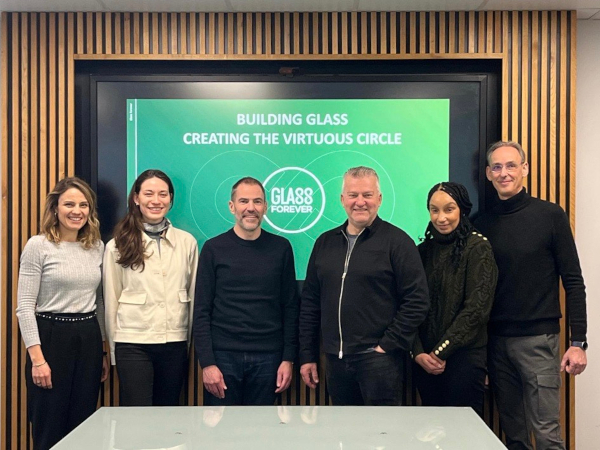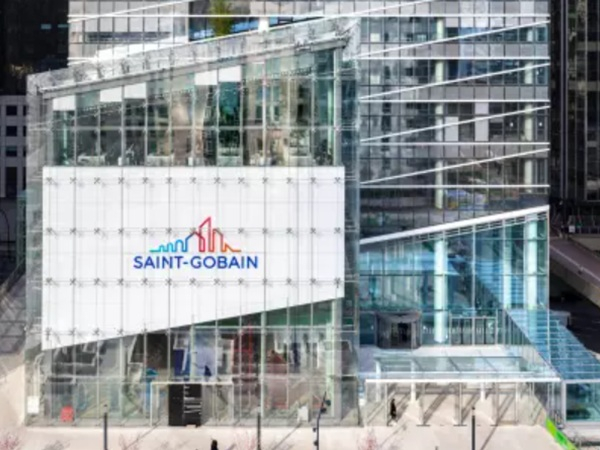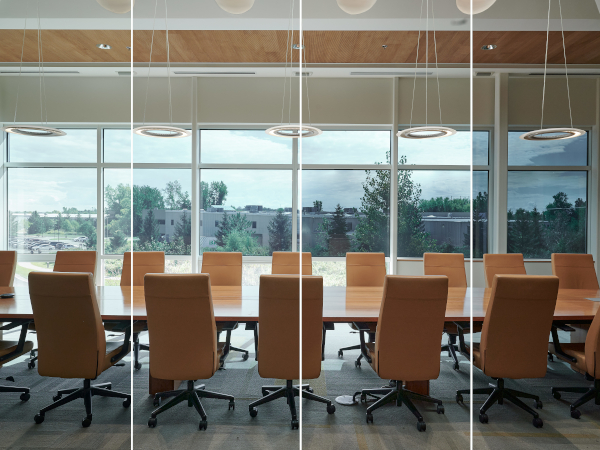Date: 30 May 2012
And it is this very day that has been chosen, quite aptly, to inaugurate the Anna Centenary Library – a new State-sponsored public library, named after the former CM.
Located in Kotturpuram, Chennai, inaugurated by Dr. Kalaignar M Karunanidhi, Hon’ble Chief Minister of Tamil Nadu, and on a date of significance in political leadership – this Library has all the credentials of a landmark project.
Facilities Essentially an Institutional Complex with a Public Library, the facility has a multipurpose state-of-the-art Auditorium with a seating capacity of 1200, an open air Amphitheater that will accommodate 800, and a massive Food Court, among other amenities. The Library houses 1.5 million books in various disciplines, newspapers & periodicals, manuscripts, electronic and audio-visual media, computers and internet access. The complex aims to be a cultural and educational node that will host related activities round-the-clock. A research laboratory of international standards is another key feature. All these differentiators of the Anna Centenary Library have broken the image of libraries as dark, stuffy and boring premises!

Green Building
We at Saint-Gobain Glass India are particularly pleased with another outstanding feature of this facility – a Gold Rating by the Indian Green Building Council (IGBC) in recognition of its energy efficient design. Yes, the Anna Centenary Library is yet another example of a building that has achieved Green Ratings owing partly to the use of high-performance solar control glass from our stable.
The façade has Saint-Gobain Glass Nano, which is a high-performance solar control and thermal insulation glass. In addition to this, the building’s skylight is made up of Antelio Plus ST 167 Sparkling Ice.

Project Demographics
The Complex has been built at an estimated investment of US $36 million and over an area of 3.23 ha. Key stakeholders in this venture are:
Project Architect: CR Narayana Rao
Architects & Engineers Green Consultant: Selvarasu,
LEAD Consultants Fabricator: Bhari Metal Fabrication P. Ltd.
Processor: Fuso Glass
The detailed and accurate planning principles implemented during the construction of this facility have played a key role in determining its sustainability and energy-efficiency. For example, the Library block is located at an angle that allows for maximum daylight from the northeast direction. The Auditorium is placed southwards and has fewer openings, enabling both blocks to function independently. Also, a large expanse of landscaped area in the foreground with overlooking terraces helps cut off noise and provides visual respite in the form of the green colour. Moreover, the Auditorium roof has also been developed as a landscaped Amphitheater, taking advantage of the structure and minimizing internal heat gain.

Low-Energy Architecture
Conceptually, low-energy architecture has been achieved through an environmentally responsive design, using both passive design features and resource-efficient active elements. Passive design features include building shape and form (optimizing surface to volume ratios), appropriate orientation and integrated shading devices, thereby achieving maximum daylight penetration with minimum heat ingress. The reading areas face North and East directions, and are located next to structurally glazed facades. Along the Southwest direction (where heat gain is at a maximum) are located thermal buffer zones of service cores and an 8- floor high atrium with an outward sloping glass wall. Roof overhangs, Pergolas and metal louvers provide distinct architectural features and impart a special identity to the Complex. Landscaped terraces reduce heat island effect.
Active Energy elements include efficient air-conditioning systems, heat recovery wheels, lighting fixtures with daylight and motion sensors, intelligent building management systems, waste water recycling system, sensor-based sanitary fixtures and building materials with low embodied energy. And of course, the high performance glazing balances daylight transmission with heat penetration.
Interiors
The interiors are finished with eco-friendly, locally available, recycled furniture and curios. Great colour, graphics and imagery create a bright and inviting atmosphere for both serious and leisurely reading. Spatial planning and interiors of each section are customized to suit the needs of different categories of readers. Common spaces like the lobby and atrium host interactive nodes where both permanent and temporary displays disseminate information on a variety of topics.
Conclusion
Thoughtful architectural design and energy-efficient building service solutions have helped create a sustainable, low-energy building, delivered within a commercially viable budget and without compromising on aesthetics. With a glazing solution from Saint-Gobain Glass India, it is but natural that this Library possesses all the elements of truly iconic architecture.



















Add new comment